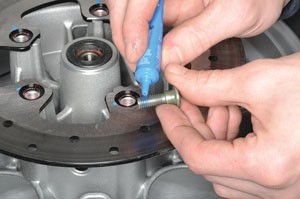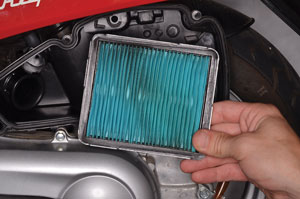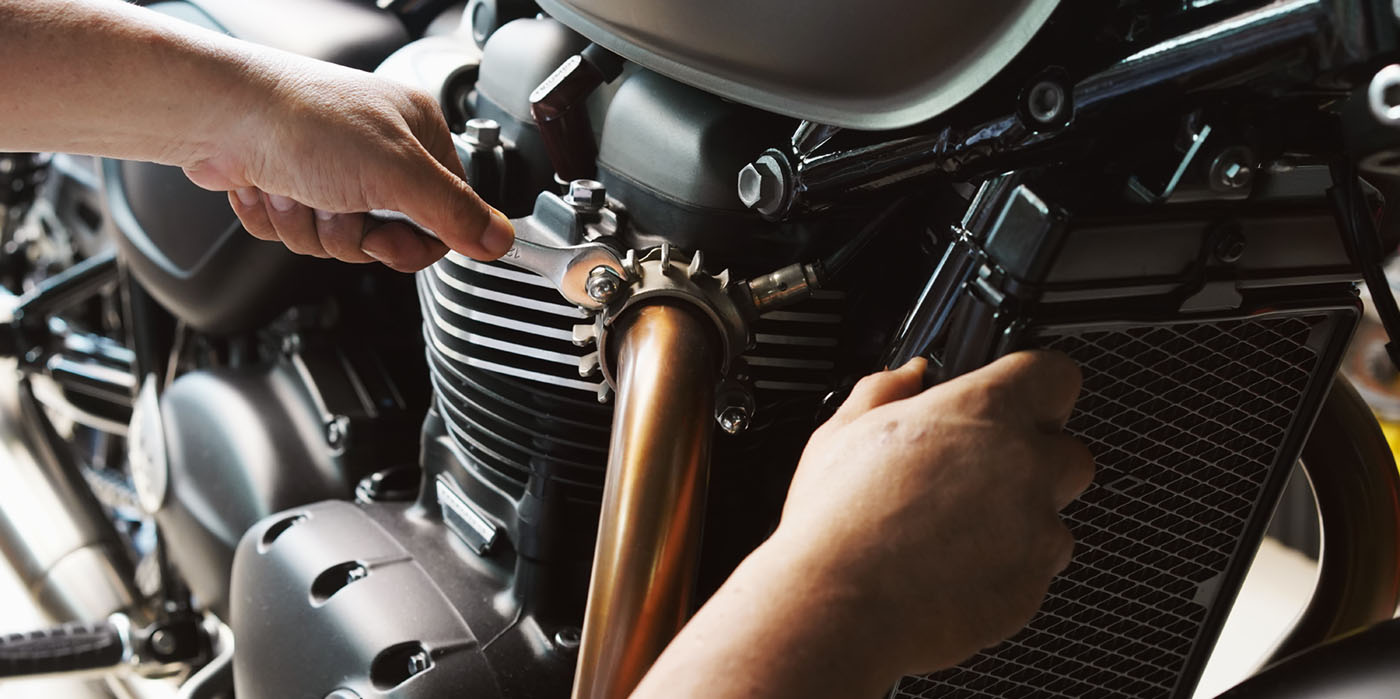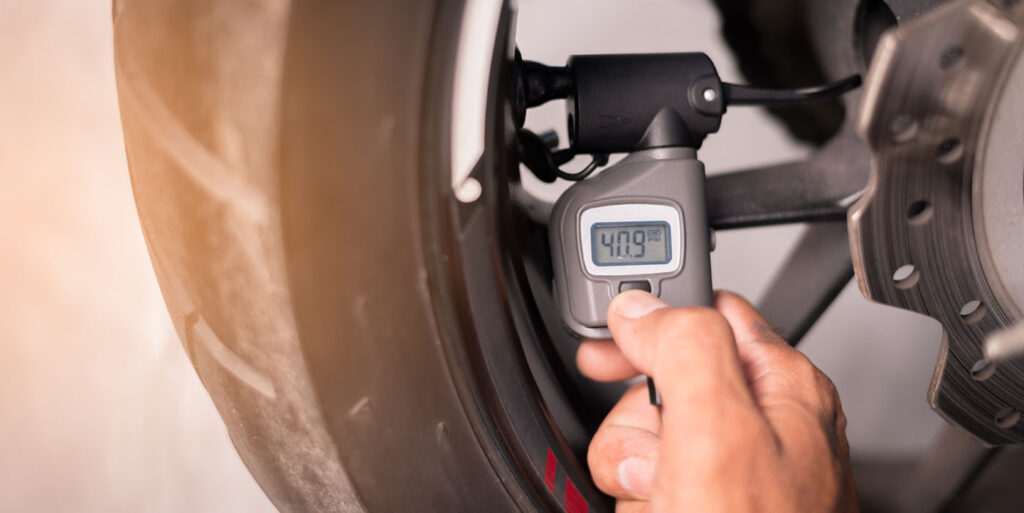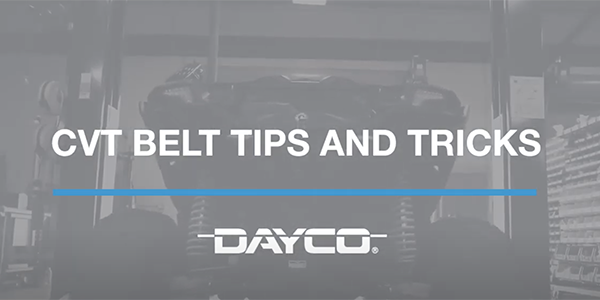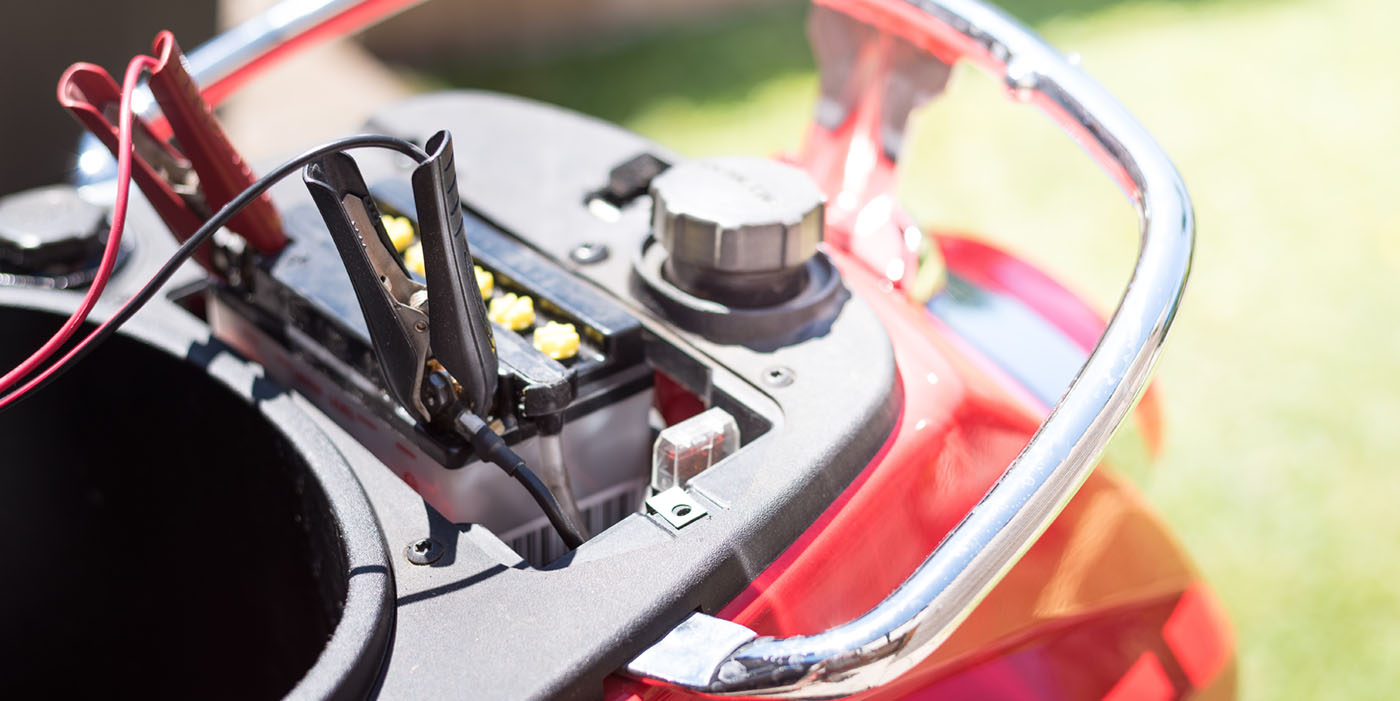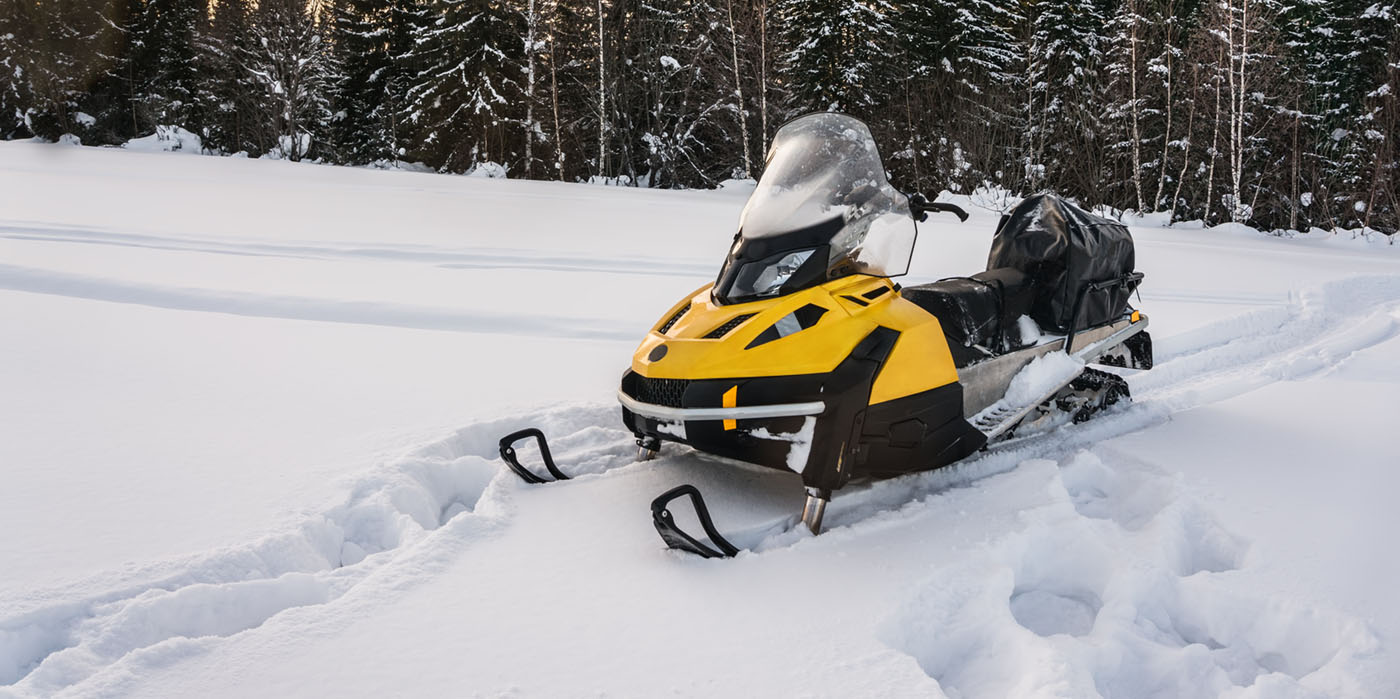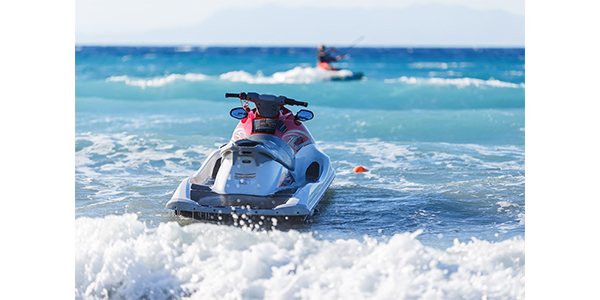It’s that time of the year where two-wheeled transportation becomes a more viable option for many commuters.
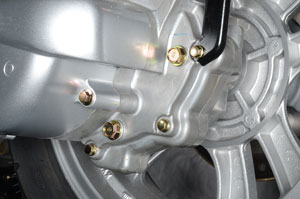 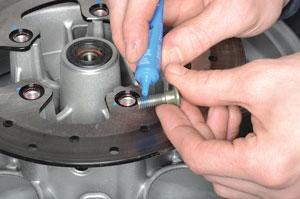 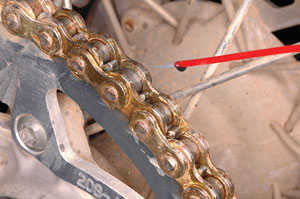 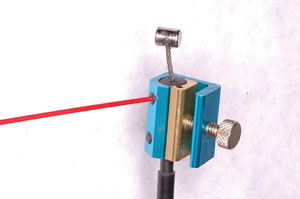 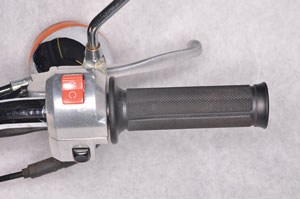 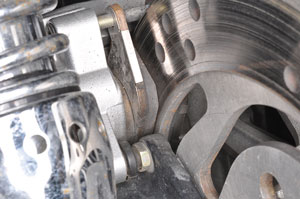 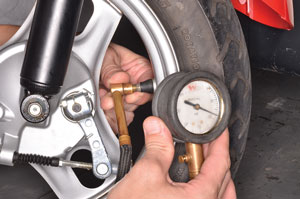 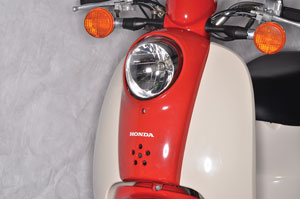
|
[dropcap]M[/dropcap]otorcycles and scooters that may have only been used occasionally over the cold weather months will now be zipping down the road on a regular basis. These vehicles need to be trusted as daily transportation and should be inspected and serviced to deliver safe and reliable performance.
1. A detailed inspection is a good place to start. If the vehicle is dirty, clean it up with a mild detergent and low pressure water. Avoid blasting seals and bearings with a pressure washer. Check the vehicle for fluid leaks and faulty seals. Make sure all fluids are filled to the correct level and up to date according to the periodic maintenance chart.
Usually brake fluid and coolant are recommended to be replaced every two years. Don’t forget final drive oil on scooters and shaft drive motorcycles. Also, check fuel, vacuum, coolant and breather hoses for leaks, damage,
and deterioration.
2. Motorcycles and scooters vibrate. Check for loose nuts and bolts. Consult the vehicles service manual for torque specs and thread locking agent guidelines.
3. Inspect the condition of the drive system. Clean and lubricate the drive chain. Inspect the chain and sprockets or drive belt system for damage and wear. Check and adjust the drive chain slack or belt deflection as specified by the OEM.
4. Lubricate control cables with a suitable cable lube. Use a cable lubing tool to direct the lubricant into the cable housing. Also, lubricate suspension pivots and side stand pivots with a suitable grease.
5. Make sure the clutch lever, throttle and drum brake lever free play is in specification.
6. Inspect the brake system. Make sure the brake shoe wear, pad lining thickness, brake disc thickness and deflection are all in acceptable service ranges. The hydraulic brake system should be free of air and have sufficient fluid level. Inspect brake hoses and fittings for leaks, damage, and deterioration.
7. Give the tires a good looking over. Scan the tires for dry rot and other damage. Make sure the tire wear is acceptable and the air pressure is set to specification. Observe vehicle loading tire pressure recommendations. While looking over the tires also study the wheels. Check for damaged rims and loose/broken spokes.
Check out luggage and storage components. Scrutinize any aftermarket additions or modifications for damage and secure installation. Make sure those saddle bags won’t let go and end up on the side of the highway.
8. Observe the vehicle’s lights. Make sure the headlight, taillight, brake light, license tag and turn signal bulbs illuminate and function correctly. All brake lever and pedal switches should activate the brake light at or just before the brake engages. Inspect the headlight aim and adjust as necessary according to local laws.
9. Inspect the condition of the air filter. Clean or replace the air filter as necessary. Look over the periodic maintenance chart and confirm all scheduled services are up to date.

